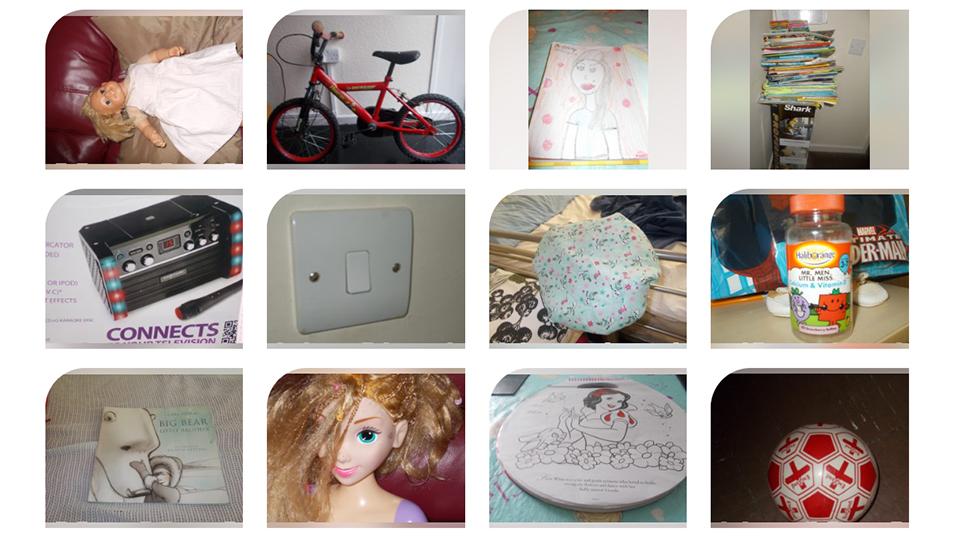World’s first Children’s Photography Archive launches
Primary page content
The first online open archive of photographs taken by children is to be expanded with £150,000 of support from the European Research Council.

All work uploaded to the CPA is licensed under a Creative Commons Attribution-NonCommercial-NoDerivatives 4.0 International License.
Celebrating creativity, self-expression and skill development, the Children’s Photography Archive collates thousands of images of things that matter most to children, and what they would like to share with the world.
Led by Dr Sevasti-Melissa Nolas and Dr Christos Varvantakis from Goldsmiths, University of London, the project has been awarded an ERC Proof of Concept Grant to develop and become an important cultural platform for children’s photography. It will also act as an in-school citizenship education teaching resource.
The aim of the archive is to provide a space for children to deposit their work, and for adults in various capacities to think about the ‘child’s gaze’.
Photographs of children and family portraiture are a long-recognised genre of photography, with school pictures a familiar mode of documenting childhood. Images of children are used the world over to sell products or raise money for charity. Children’s photography projects are common in schools, youth centres, and other spaces but many go undocumented beyond the individual life-span of a project.
Historically and internationally, children themselves have long produced a vast body of images, and are more prolific than ever since the advent of phones and low-cost digital cameras.
Yet while children have long been the subject of public photographic practice, the importance of the child’s eye has historically been overlooked.
The Children’s Photography Archive aims to celebrate, explore, value and memorialise the views and experiences of children and demonstrate how what they care about might differ from what is understood by other people, whether parent or state policymaker.
All photographs uploaded to the archive have a Creative Commons license which allows them to be used without charge or alteration in academic (research and teaching) work, with acknowledgement and a link to the archive.
Dr Sevasti-Melissa Nolas, Senior Lecturer in Sociology, said: “Children are reflectively aware of both the act of photography and its impact, as well as the different properties of the photo itself and the subject it represents.
“Children aren’t just apprentice adult photographers. They have different intentions when they compose and capture an image, and they can be critical of adults’ idealised and posed images too. Photography is a powerful cultural form for intervening into public life and recent research makes it harder to exclude children from photography’s narrative. It’s a key way in which children can relate to public life and navigate their world.”
Through the ERC-funded Connectors Study (2014-2019), Dr Nolas and colleagues worked with six-to-eight-year old children enhancing our understanding of the relationship between childhood and public life. In the process, the team also created and archived over 5,000 photographs taken by the children of different aspects of their everyday lives in three cities, London, Athens and Hyderabad.
As a project based in the UK and Greece, on the ‘edges of Europe’, Dr Nolas and Dr Varvantakis argue that the Children’s Photography Archive is a timely initiative which will serve educational and cultural purposes, as it creates complex stories of what it means to grown up European.
The latest grant will allow them to work with primary school teachers and pupils to develop pupils’ skills; build the archive as a platform for child photographers to display their work; encourage public understanding of children’s photography; and act as a resource to help teachers of citizenship education.
Find out more at www.cpa.childhoodpublics.org